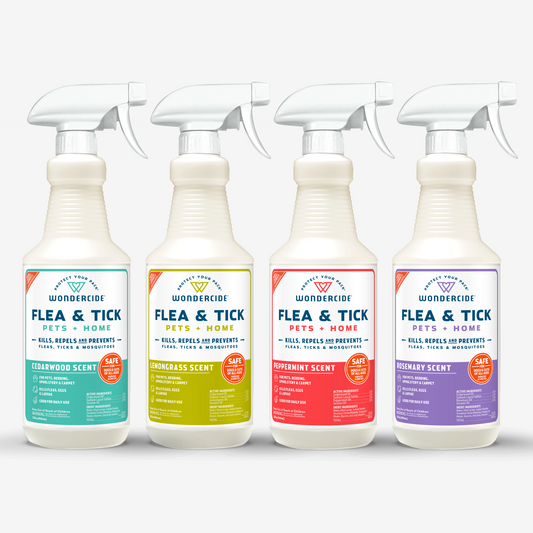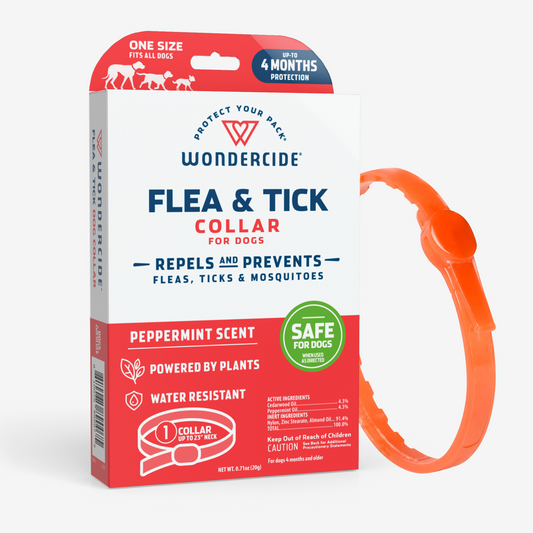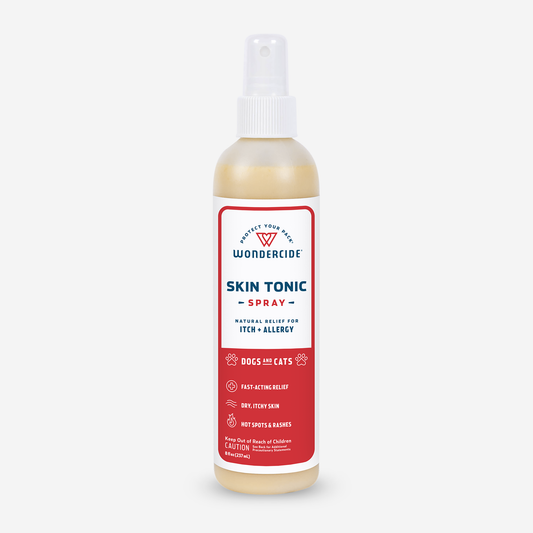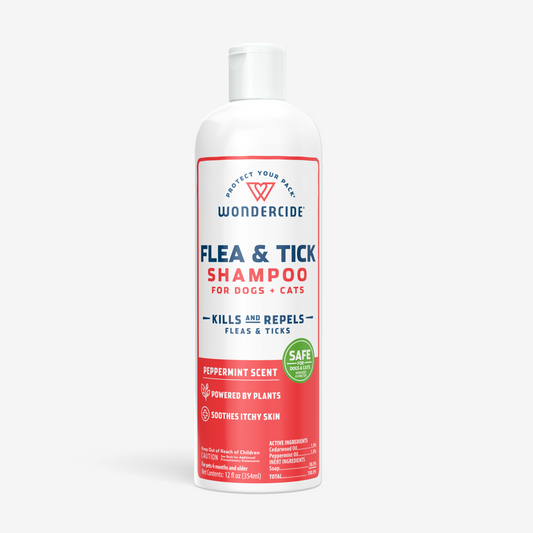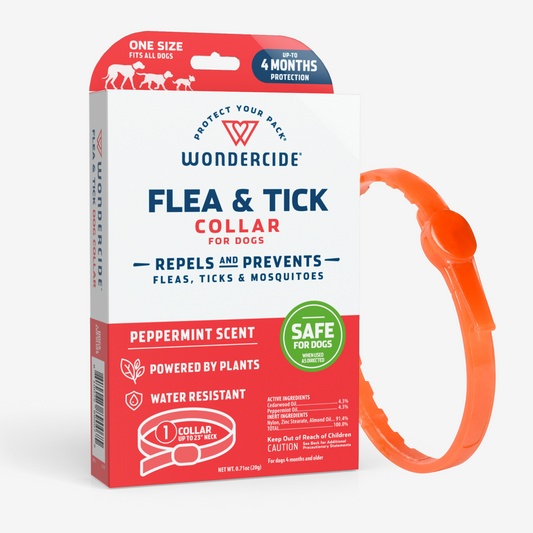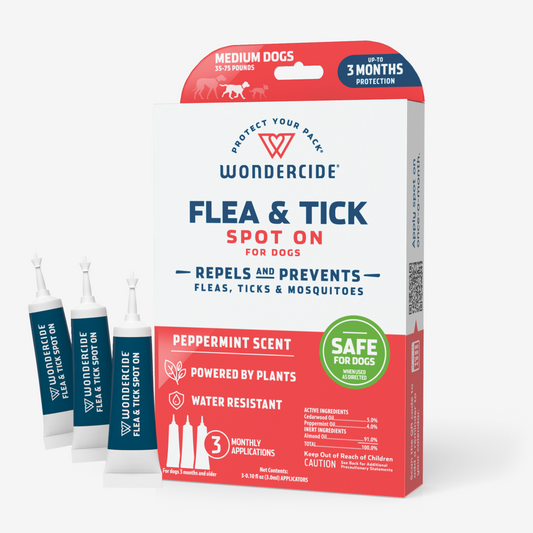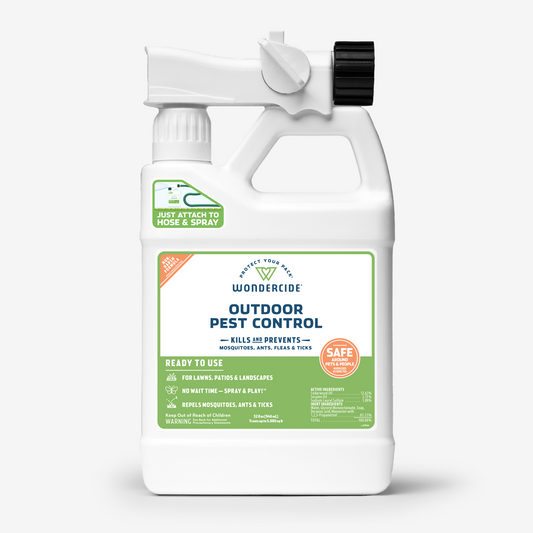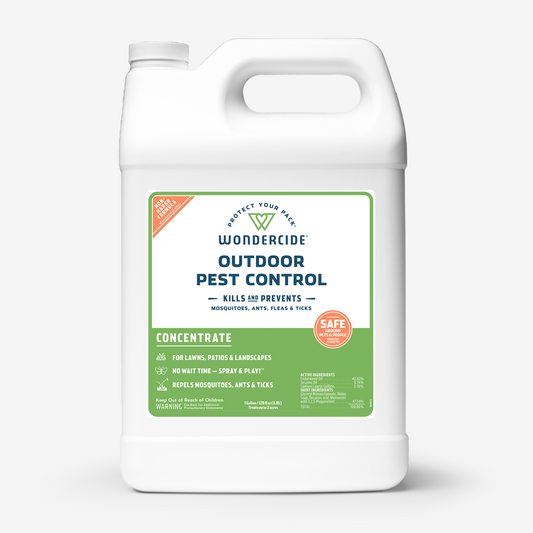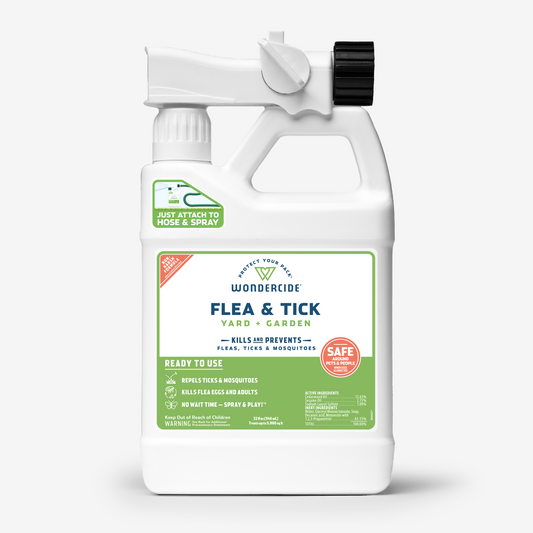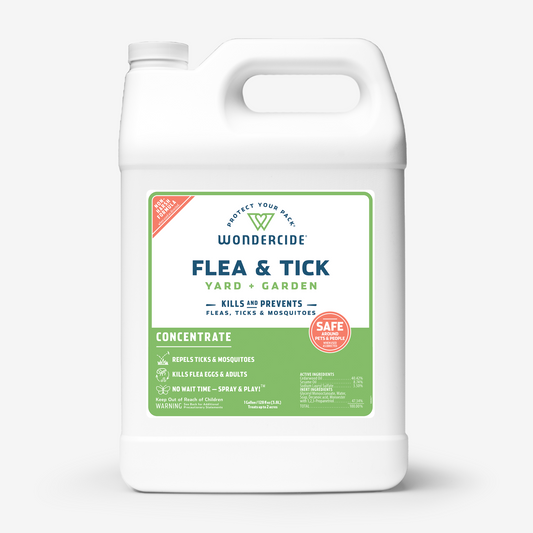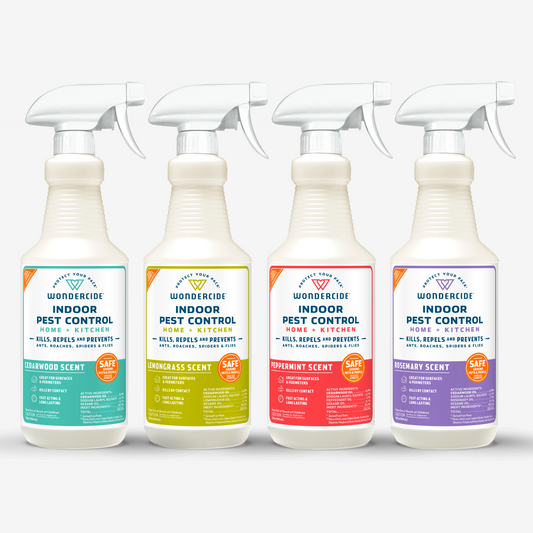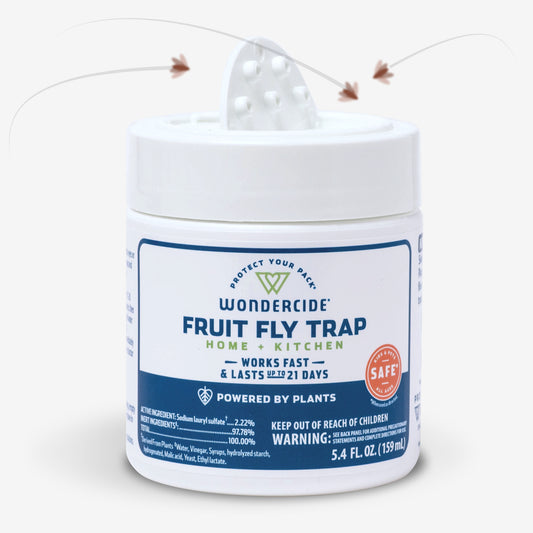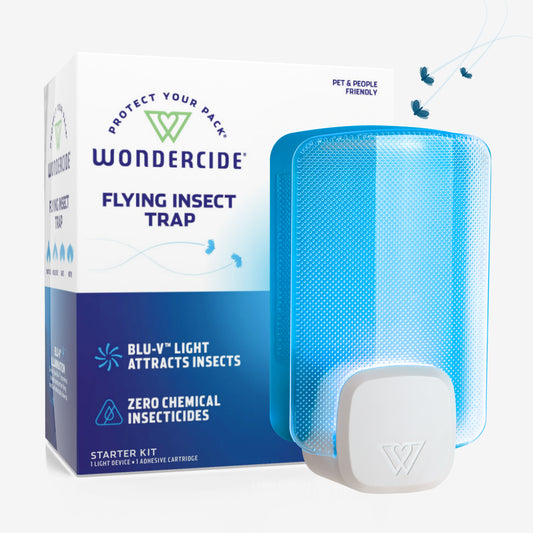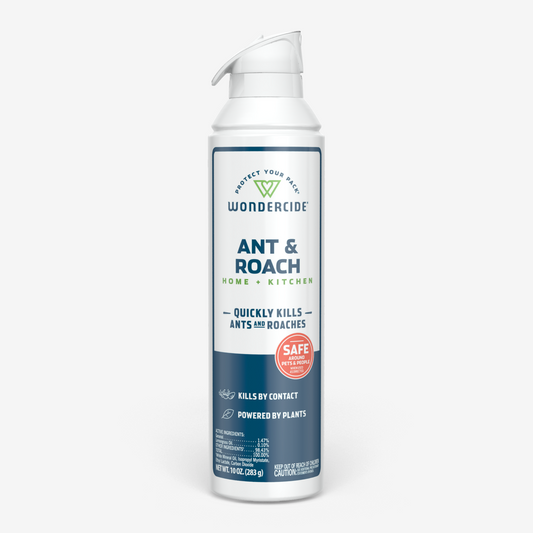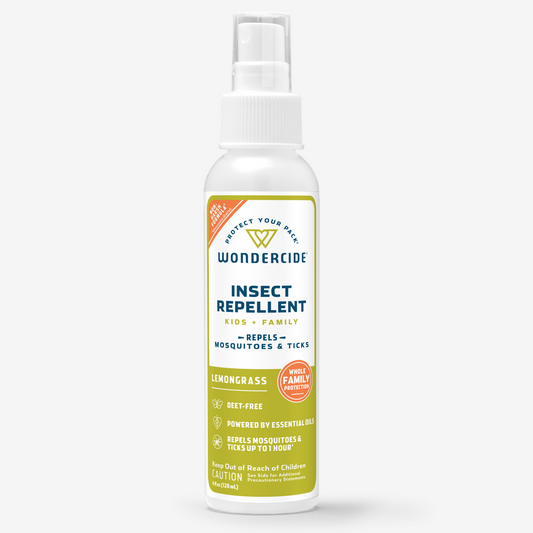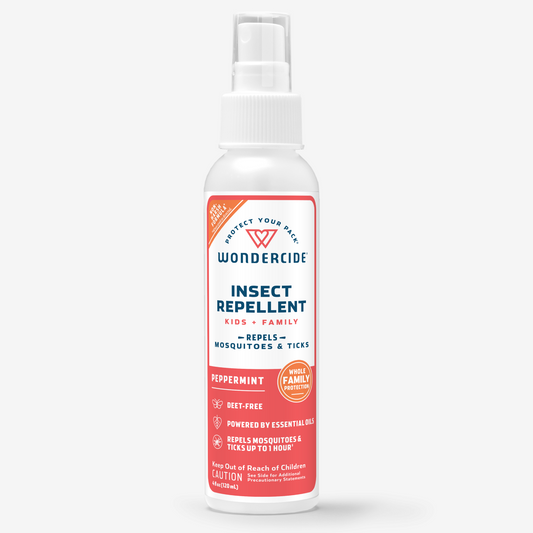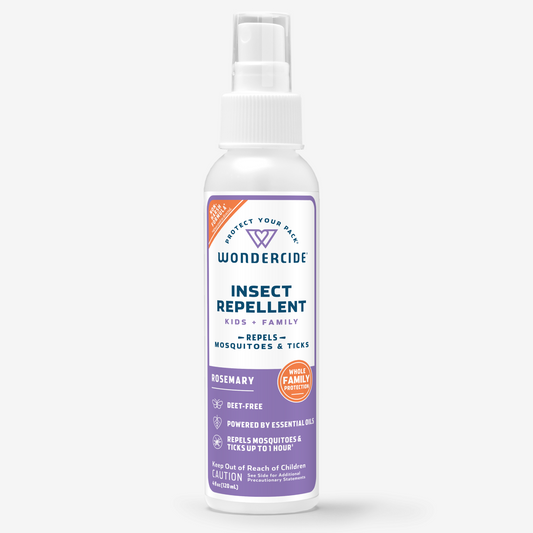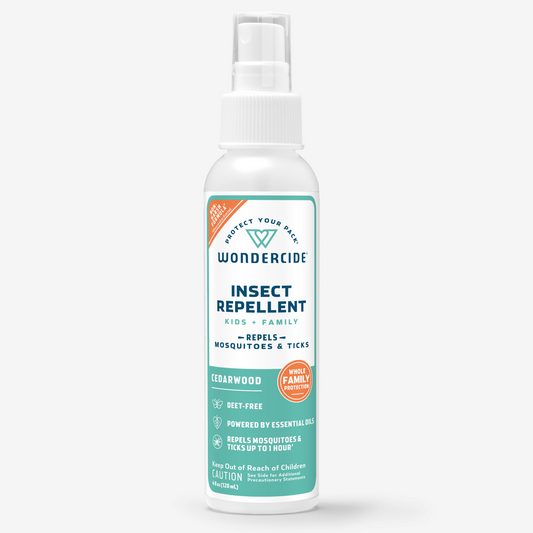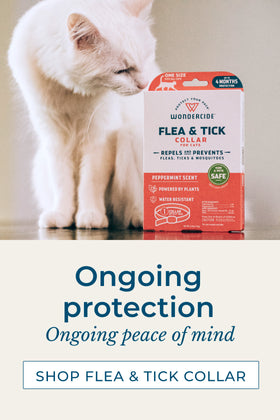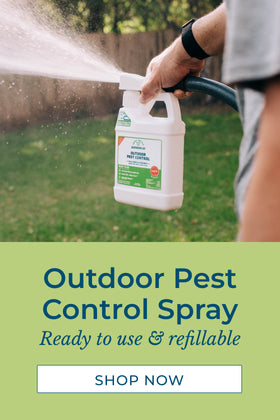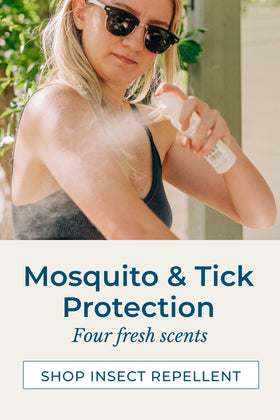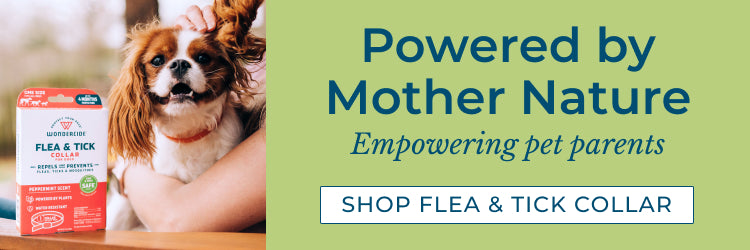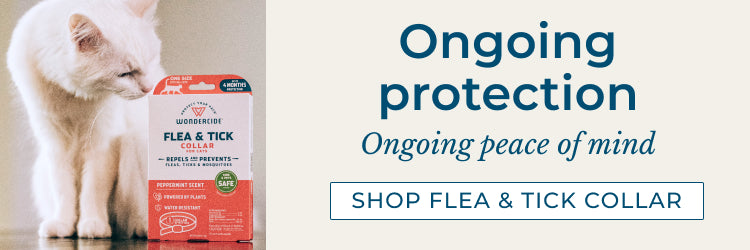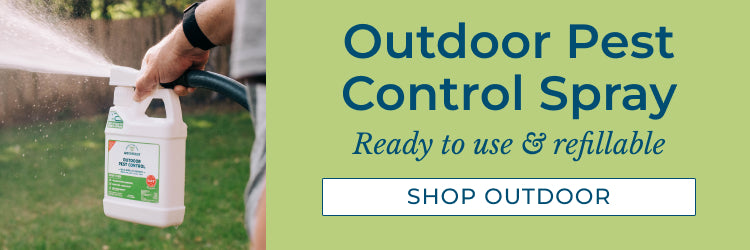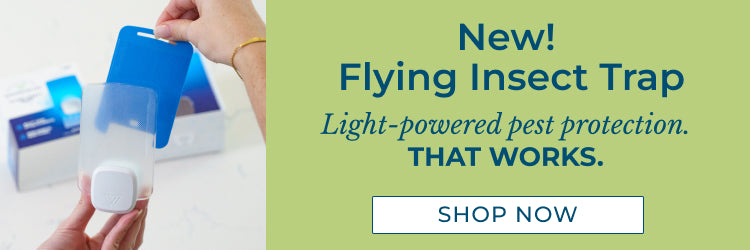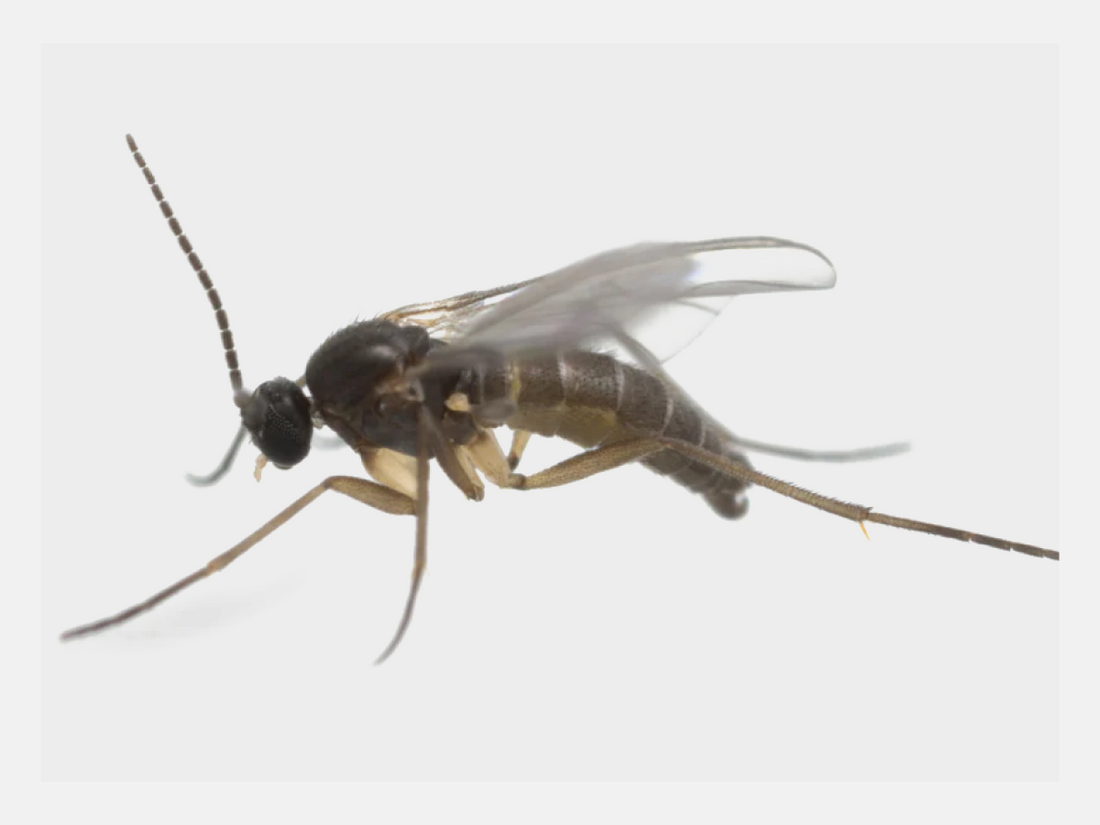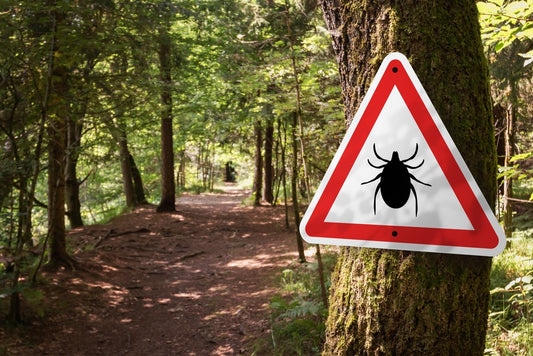Are small buzzing insects flying around your house and driving you crazy? You might have gnats! If left unchecked, they can cause a large infestation that can lead to trouble. Here’s a guide to everything you need to know about gnats and how to get rid of gnats in your home.
What are Gnats?
Gnats are small, long-legged insects with prominent antennas in the fly family that are sometimes mistaken for fruit flies or drain flies due to a similar appearance. They are typically black or dark brown with slender bodies (1/16 - 1/4 inches in length) and thin gray wings.
There are more than 1,000 species of gnats, but the most common is the “fungus gnat” (sometimes called the “winter gnat”) which is known for feeding on the roots and fungi of plants. Fungus gnats live up to a month and lay around 300 eggs in moist soil, which take three days to hatch. The larvae take about two weeks to mature into adults that are capable of reproducing to continue the cycle.
Beyond the fluttering nuisance from swarms of gnats, these pests can also damage plants which is why many people want to get rid of them. Some species of gnats even bite and can cause skin irritation similar to a minor allergic reaction.
The sooner you kill the gnats, the easier it will be to prevent a full infestation due to their fast breeding cycle.
How Do Gnats Get in Your House?
The small size of gnats provides several opportunities for them to enter your home, sometimes unnoticed. They enter homes seeking moisture, warmth, and food. To get inside, they may sneak in through cracks in walls, open doors and windows, or as eggs on plants brought from outside.
Signs of a Gnat Infestation
A single gnat is hard to notice but, as they reproduce, you’ll likely notice a few of the following signs:
How to Get Rid of Gnats in Your House
Once you’ve confirmed you’re dealing with gnats and not a similar pest like fruit or drain flies, there are several ways to get rid of them in your house. Here are a few methods to choose from to help your home be gnat-free.
1. Eliminate food sources
In addition to moisture, gnats also need food. As noted, the most common food source for gnats is from plants — so you could try taking all of the plants out of your home. However, gnats will find other food sources including your trash, fruit left out in the open, and crumbs or spills on surfaces. As such, eliminating food sources is the most difficult option because it requires significant effort and you’ll need to keep your house immaculate for several weeks or months. Even then, gnats may find food sources outside and make their way back into your home.
2. Create a gnat trap
Gnats fly all over your house, so you’re unlikely to be able to chase them all down with just a swatter. Gnat traps are great, attracting gnats as they pass by.
You can easily make your own trap using a few common household ingredients. In a standard sized bowl or cup, mix a couple tablespoons of apple cider vinegar, a few drops of dish soap, and a spoonful of sugar. Place the trap in an area you regularly see gnats, such as by a houseplant or in the kitchen. The trap will draw gnats in, but they’ll get stuck in the mixture and will be unable to fly away. For an extra measure, you can add some plastic wrap over the top and puncture it a few times to make it harder for gnats who enter to escape.
Just keep in mind that while DIY gnat traps are a great way to get started, professionally formulated solutions that are proven to work are most often more effective against gnats.
3. Spray the gnats
If you catch a gnat problem early, a spray can help address the issue before it blows up into a full infestation.
When you see a gnat in your house, spray it using a product like our Indoor Pest Control for Home + Kitchen. If you see gnats flying around a certain area, treat that too. Wondercide pest control sprays for indoors are safe for all areas of your home and most household surfaces when used as directed.
In addition to gnats, the product also helps control pests like ants, roaches, spiders, fleas, ticks, and more!

